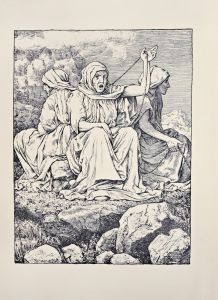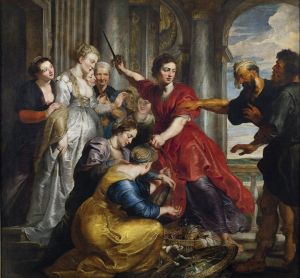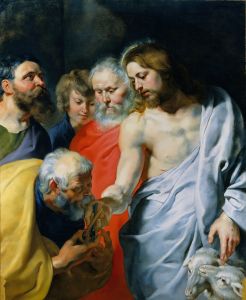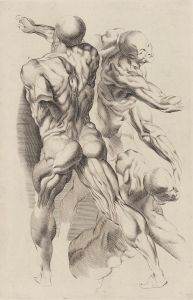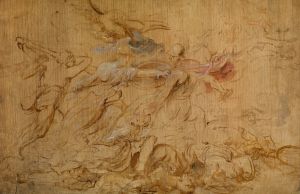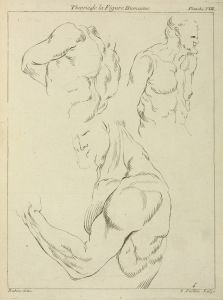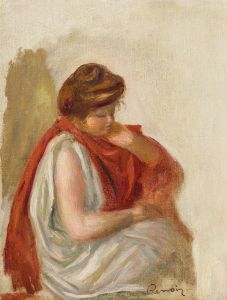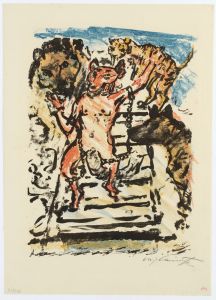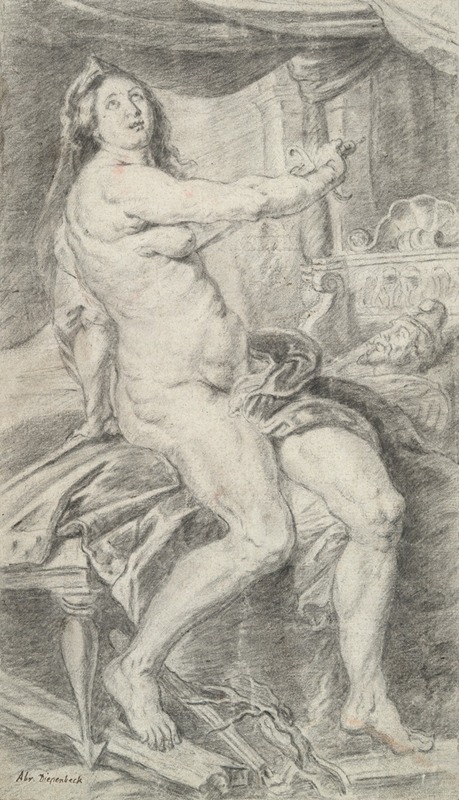
Death of Dido
A hand-painted replica of Peter Paul Rubens’s masterpiece Death of Dido, meticulously crafted by professional artists to capture the true essence of the original. Each piece is created with museum-quality canvas and rare mineral pigments, carefully painted by experienced artists with delicate brushstrokes and rich, layered colors to perfectly recreate the texture of the original artwork. Unlike machine-printed reproductions, this hand-painted version brings the painting to life, infused with the artist’s emotions and skill in every stroke. Whether for personal collection or home decoration, it instantly elevates the artistic atmosphere of any space.
Peter Paul Rubens, one of the most prominent Flemish Baroque painters, is known for his dynamic compositions, vibrant use of color, and mastery of dramatic storytelling. Among his extensive body of work, the painting titled Death of Dido is a notable example of his ability to depict intense emotional narratives rooted in classical mythology.
The painting illustrates the tragic death of Dido, the legendary queen of Carthage, as recounted in Virgil's Aeneid. In the epic poem, Dido falls in love with the Trojan hero Aeneas, who ultimately abandons her to fulfill his destiny of founding Rome. Overcome with despair and heartbreak, Dido takes her own life. Rubens captures this climactic moment with his characteristic dramatic flair, emphasizing the emotional and physical turmoil of the scene.
In the composition, Dido is depicted lying on a pyre, moments after stabbing herself with a sword. Her body is rendered with Rubens' signature attention to anatomical detail, while her expression conveys a mixture of anguish and resignation. Surrounding her are attendants and onlookers, their gestures and expressions amplifying the tragedy of the moment. The use of light and shadow heightens the drama, drawing the viewer's attention to Dido's figure as the focal point of the scene.
Rubens' Death of Dido reflects his deep engagement with classical literature and his ability to translate complex narratives into visual form. The painting also demonstrates his skill in conveying human emotion, a hallmark of Baroque art. The rich color palette, dynamic composition, and intricate details are characteristic of Rubens' mature style.
The exact date of the painting's creation is not definitively documented, but it is generally attributed to Rubens' later period, when he was at the height of his artistic powers. The work is believed to have been commissioned by a patron with an interest in classical themes, though specific details about its original context remain unclear.
Today, Death of Dido is housed in the Kunsthistorisches Museum in Vienna, Austria, where it is part of the museum's extensive collection of European paintings. It continues to be celebrated as a masterful example of Rubens' ability to bring mythological subjects to life with unparalleled emotional intensity and technical skill.







